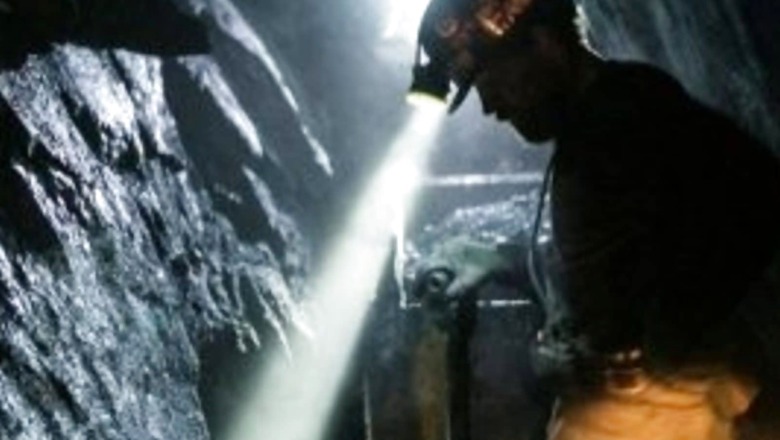
views
As India’s power plants grapple with coal shortages and the Centre scrambles to augment production of the dry fuel, one of the world’s leading energy agencies has urged nations to cut greenhouse gas emissions, warning that the world is not on track to meet environmental goals and that new investment in clean energy was needed to jolt the energy system onto a new set of rails.
The coal ministry has been asked to ramp up the supply of coal while the Railways has been asked to make available rakes to transport the fuel to power plants as several states have raised an SOS over dwindling stock. The shortage of coal — which makes up around 70 per cent of India’s electricity mix — has forced rotational power cuts in states from Rajasthan to Kerala.
About two-thirds of the coal-fired power plants had stockpiles of a week or less, but the coal ministry earlier said, “any fear of disruption in the power supply is entirely misplaced”. States have been forced to buy power from exchanges at high rates to meet the demand.
The Paris-based international organization said Wednesday in its annual world energy outlook that great strides have been made to move away from fossil fuels by relying on more wind and solar energy, while electric vehicles are setting sales records.
But the economic rebound from the Covid-19 pandemic also has seen an increase in the use of coal and oil, the report said, as well as a leap in emissions. Burning fossil fuels produces carbon dioxide, the main greenhouse gas that scientists blame for climate change.
The worlds hugely encouraging clean energy momentum is running up against the stubborn incumbency of fossil fuels in our energy systems, said Fatih Birol, executive director of the 30-country IEA.
Governments at the summit needed to “give a clear and unmistakable signal that they are committed to rapidly scaling up the clean and resilient technologies of the future. The social and economic benefits of accelerating clean energy transitions are huge, and the costs of inaction are immense.
The report said the recovery was putting major strains on parts of the energy system, leading to sharp rises in prices for natural gas, coal and electricity as worldwide energy demand is set to regain the ground lost last year during the pandemic.
Electricity demand in particular had come roaring back” in Asia, leading to a rise in the use of coal-fired plants. Such energy crunches were a prelude of more disruption to come if investment in new sources of energy did not increase, according to the report.
Representatives of more than 200 countries will gather for the 26th U.N. Climate Change Conference, known as COP26, from Oct. 31 to Nov. 12 in Glasgow, Scotland, to discuss new targets for cutting or curbing the growth of emissions that contribute to climate change.
The goal under the 2015 Paris climate accord is to limit the rise of global temperatures to well below 2 degrees Celsius (35 degrees Fahrenheit) above pre-industrial levels while pursuing efforts to limit the rise to 1.5 degrees.
The UN’s scientific committee on climate change has said emissions must be cut to net zero when greenhouse gases are balanced out by their removal from the atmosphere by 2050 to reach the 1.5-degree limit.
Birol said governments’ current pledges would result in only 20% of the reduction by 2030 needed to reach net-zero emissions by 2050. He said investment in clean energy and infrastructure would have to triple over the next decade to jolt the energy system onto a new set or rails. Most of that spending would have to come in emerging and developing economies, where financing can be scarce and which are still facing a public health crisis.
There was remains only a narrow but achievable pathway to net zero, according to the agency.
(With agencies)
Read all the Latest News , Breaking News and IPL 2022 Live Updates here.




















Comments
0 comment